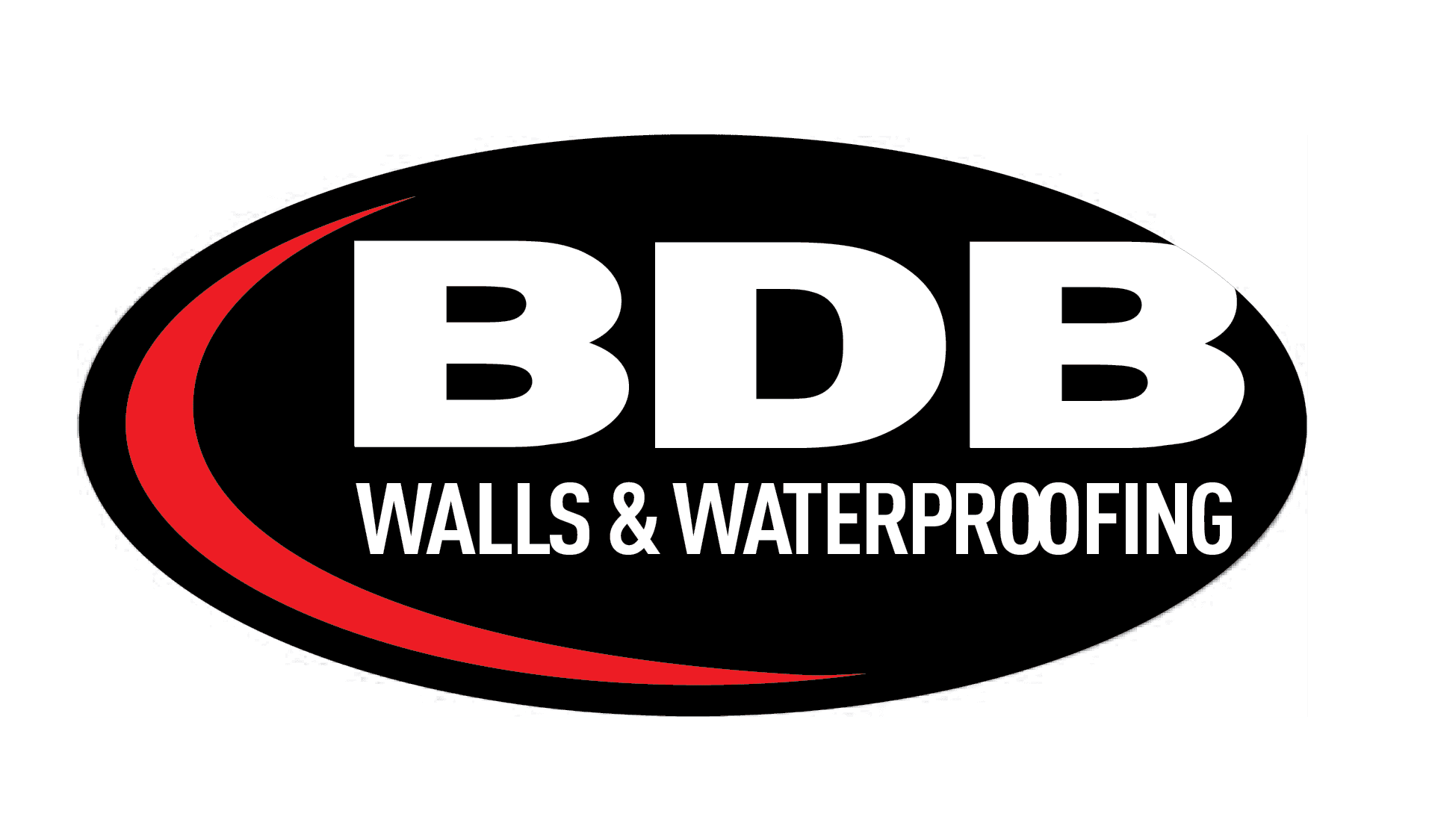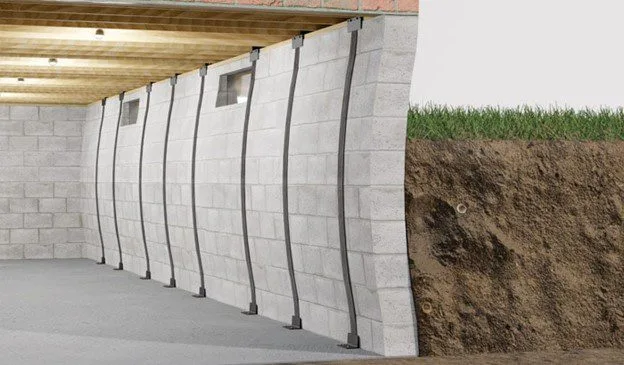Homeownership can be challenging and stressful – especially when it comes to basement repairs. If you have noticed that your basement walls are bowing or cracking, do not delay in seeking a solution – no matter how overwhelming it might feel in the moment.
Bowed walls are a symptom of a potential bigger problem that could it threaten the structural integrity of your home. Your entire house is relying on the strength of your foundation. If a bowing wall is not repaired, it will eventually collapse. When a foundation wall collapses, your home suffers severe structural damage. But a fix does not need to be overwhelming. Let’s take a look at the best methods for repairing a bowed wall to prevent further and worse structural damage to your home.
There are three main types of repair for a bowing wall:
- Wall anchors
- Carbon fiber straps
- Helical tiebacks.
WHAT ARE WALL ANCHORS, AND HOW DO THEY WORK?
If your wall is bowing more than 2 inches, you should consider steel wall anchors. When properly installed, anchors should restore your home’s stability and last for an extended period of time. Wall anchors require access to the interior and exterior of your home and are a little more invasive that carbon fiber straps. Installers will need at least 10 feet of usable and accessible ground outside the basement, and will require a certain amount of excavation. At BDB Waterproofing, we use SafeBasements™ Wall Anchors which are designed to repair bowed basement walls. The system consists of an anchor and a wall plate designed to pull your basement walls back to where they are supposed to be and provide the needed strength to keep the walls in place. When the wall anchor is installed the lateral strength of your wall is restored and will resist the forces exerted by expanding soils.
WHAT ARE CARBON FIBER STRAPS, AND HOW DO THEY WORK?
If your wall is bowing 2 inches or less, carbon fiber straps could be a good option since carbon fiber straps are the least invasive and least expensive option. Carbon straps have a special anchor at the top and bottom of the wall, to prevent shearing or sliding. Once the installation is complete, the straps and wall can be painted to minimize the repair’s appearance. At BDB Waterproofing, we use SafeBase™ CarbonFiber straps. SafeBasements has developed the strongest bowed wall repair system in the industry.
WHAT ARE HELICAL TIEBACKS, AND HOW DO THEY WORK?
The last resort solution are Helical Tiebacks. If your wall is bowing more than 2”, but your property arrangement doesn’t allow for anchors, helical tiebacks are the best option. A steel shaft with helical (screw-like) plates on the end is drilled at an angle through the earth outside of your foundation. This shaft is secured to the inside of the basement wall. This is done with a large steel channel that is anchored into the floor and extends up to (or near) the top of the wall.
In the end it is important to remember that repairing a bowed wall does not necessarily straighten it back to its original position. The purpose of these repairs is to stabilize and secure the wall.
Trust Our Team Bowed Wall Repair Services
If you see cracks and leaks, consider the possibility that you might be having a bowing wall. At BDB Waterproofing, our experts provide bowed basement wall repair services. Contact BDB Waterproofing at 402-779-3165 or use the contact form on our website.

